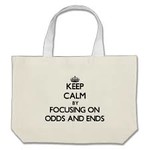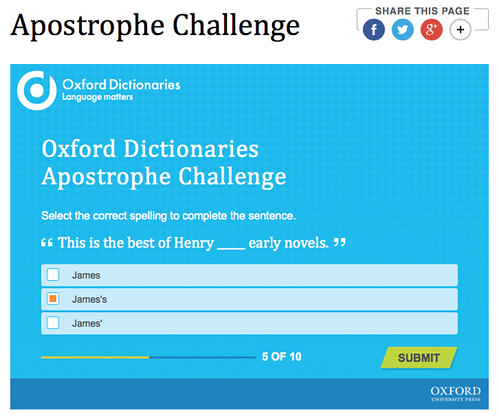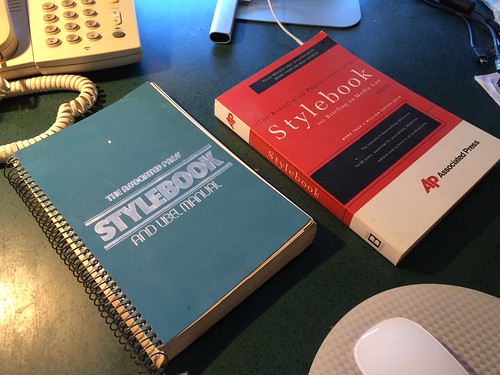 I could say I’m blogging about odds & ends because it’s the lull between festive holiday events, and with parties and football soon to come, no one wants to read about anything serious (not that there aren’t plenty of serious things to write about).
I could say I’m blogging about odds & ends because it’s the lull between festive holiday events, and with parties and football soon to come, no one wants to read about anything serious (not that there aren’t plenty of serious things to write about).
But the end of 2014 and the beginning of 2015, barring surprises, should pretty much be a continuation of the lull for us. No one’s coming over and we’re not going out. Wednesday night, Donna’ll be in bed by 10. If I’m still awake at midnight I might step outside to listen for gunfire. That’s as exciting as it gets around here. Football? Not my thing. Donna can watch the New Year’s Day games; I’ll be on the patio smoking sausages and ribs.
So it’s only right I’m blogging about odds & ends.
This morning a friend posted a link to an apostrophe usage test on Facebook. I don’t usually click on those things, but apostrophes are tricky and I decided to take the challenge. The test has two levels: “terribly tricky” and “devilishly difficult.” You can take each level over and over; you get different questions each time. I consistently scored 10 of 10 on the tricky level but only managed 7 or 8 of 10 on the devilish level. Click on the image below if you want to try your hand.

That’s a screen grab of a representative question from the “devilishly difficult” level. The correct answer is James’s, not James’ as I had thought.
Commenting on my friend’s Facebook post, I said my general rule with regard to apostrophes is “if in doubt, look it up,” and that while Google is great for apostrophe answers, I still turn to my copy of the AP Stylebook for really thorny issues of usage. This sparked a comment thread on style guides. Strong opinions abound. Apparently some writers hate the AP Stylebook because it’s anti-Oxford comma. I’m pro-Oxford comma, and have always politely disagreed with AP on that. What’s the big deal?
When I worked for the US Special Operations Command in the 1980s, I learned that the most important skill a staff officer can have is the ability to write clearly. Each officer at USSOCOM was issued an AP Stylebook, along with a 9mm Baretta pistol and holster. We kept the pistols in safes when we weren’t using them; the style guides were on our desks and in use around the clock. You were far more likely to have someone waving a style guide at you than a pistol. Which made the more important and lasting contribution to our nation’s military readiness? My money’s on the AP Stylebook.

In spite of Google’s handiness and ease of use, my standard (save for serial commas) is still the AP Stylebook. I bought a new edition a couple of years ago. I found that I prefer the 1984 edition, the one I was given at USSOCOM. The spiral binder is what makes it … when it’s open the pages lay flat and you can type without having to hold the book open with one hand (you can probably guess I just had it open to the “lay, lie” entry).
“This is the best of Henry James’s novels.” Really? Can that possibly be right?
I thought your answer on Henry James was correct. When do we NOT put the apostrophe after the “s”? All punctuation (and much grammar) leaked out of my head during these rush-rush days of email, Twitter (etc) and instant response times. sigh.
Here’s what Oxford Dictionaries says, and now I read it, it makes sense to me:
With personal names that end in -s: add an apostrophe plus s when you would naturally pronounce an extra s if you said the word out loud: